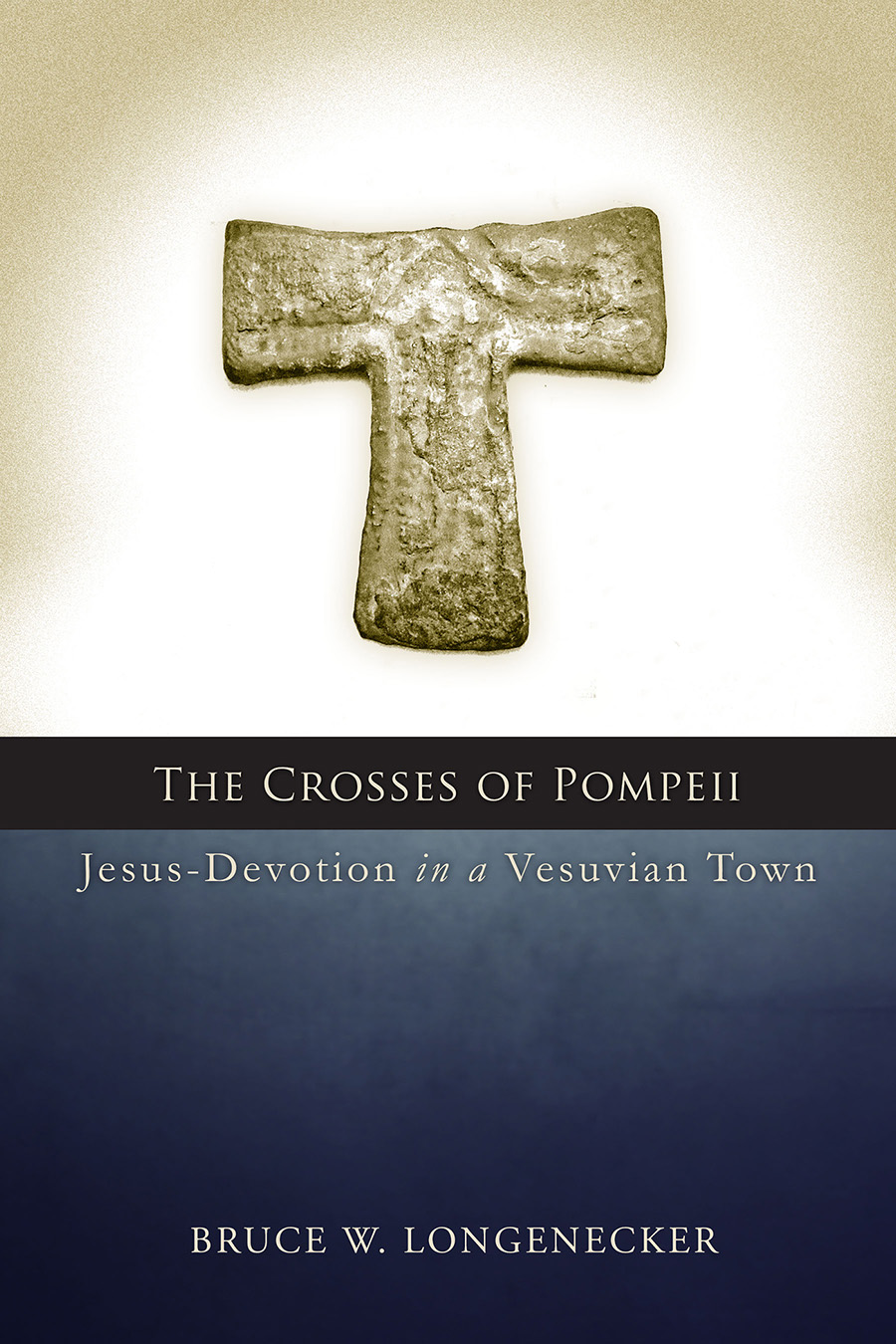Can someone please tell the WT janitor to turn the lights off when the last JW leaves the Watchtower after learning that early Christians used the Cross as a Christian logo of sorts?
The Cross in Pompeii & Herculaneum in 79 AD
by Sea Breeze 18 Replies latest watchtower beliefs
-
Sea Breeze
-
vienne
Isn't that really the cross of Osiris? Is there a record of any Christian house having a shrine with a cup offering? that would not comport with the command to "flee from Idolatry."
I think this is wishful thinking.
-
vienne
-
Iamallcool
Interesting!
-
Earnest
In the book "Pompeii's Ashes: The Reception of the Cities Buried by Vesuvius" (Berlin 2015) by E. Moormann, he writes (p.239) :
A 'cross' found on the wall above [the cupboard] was long thought to imply a Christian altar, but since publications by L. Falanga [La mensole di Boscoreale e la 'croce' di Ercolano, Sylva Mala (1986) 12-15] and R. de Kind ["Themis en Iusta voor vrouwe justitia", Hermeneus 62 (1990) 196-202] it has been generally accepted that only a simple cupboard was involved. The 'cross' is merely the impression left by a shelf.
In other words, the indentation in the plaster simply served for the insertion of two interconnected wooden lathes to support a small plank. Such a wooden shelf has been found in the Villa Regina of Boscoreale. It is almost exactly the same shape as that of the impression in Herculaneum.
Unfortunately, interpreting the cupboard as a shrine and the remains of the shelf as a cross are just wishful thinking.
-
Sea Breeze
More info here.
Also, Bruce W. Longenecker who is professor of early Christianity and W. W. Melton Chair of Religion at Baylor University in Waco, Texas, (also formerly taught in Britain at St. Andrews, Cambridge, and Durham Universities) makes a solid case for Christianity in Pompeii and Herculaneum.
The apostle Paul reports Christians just a few miles away... so there is attestation. Supposedly he found 18 crosses. -
joe134cd
This reminds me. It was about 15-20 years before I physically left. I had come to the conclusion that Jesus meet his end on a cross. There was just too much evidence to suggest anything else. I just wished it had been the thing that had jolted me from my sleep like state.
-
Fisherman
“Just like Moses lifted up the serpent in the wilderness..” —The copper serpent was on a pole without a crossbeam. Given that the Bible is true, the irony of the Bible would have Jesus implaled juxtaposition all the crosses that are used in heathen worship. So, until empirical evidence proves different, the cross was not the device used to kill Jesus as the JW see it.
-
joe134cd
Fisherman:that is rubbish. The cross was a device used by the Romans to punish criminals. Nothing more, nothing less. Weather it was a pagan symbol or not had no bearing on the matter. The plural form for nails, and the sign been positioned above his head, suggest it was a cross. There is simply no way a man who had received the beatings that’s Jesus received would have the strength to carry the weight of a pole under his body. The bible says that the device used to kill Jesus was carried on his back. Put all the above together and a cross seems more likely
-
Sea Breeze
Fisherman,
Are you familiar with the Alexamanos Graffitti?The Alexamanos Graffito, dating from c.200 or earlier, is an interesting early parody of Christianity.
This early graffito (wall-scratching; singular of graffiti) was discovered in 1857 in a guardroom on Palatine Hill near the Circus Maximus in Rome, and is now in the Palatine Antiquarian Museum.
The drawing shows a man with an ass's head being crucified, to which a youth is raising his hand as if in prayer. The text in Greek reads:
ALE XAMENOS SEBETE THEON
which means, "Alexamenos worships his god."
Before Christianity, the Jews had already been charged with worshipping an ass; this was probably the basis of this accusation being directed at Christianity.
The criticism is mentioned in several early pagan and Christian works. Minicius Felix sought to refute the pagan notions that "the religion of the Christians is foolish, inasmuch as they worship a crucified man, and even the instrument itself of his punishment. They are said to worship the head of an ass, and even the nature of their father" (Octavius, IX). Tertullian mentioned that the pagans think "our god is an ass's head" (Apology, XVI).
The graffito also represents how contemptible and absurd the idea of a crucified god was to pagan thinking. Perhaps a century earlier, St. Paul had remarked that the crucifixion was "unto the Jews a stumblingblock, and unto the Greeks foolishness" (I Corinthians I.23).
The "Y" in the upper right of the picture might be a representation of a cry of anguish. As a "Y" has also been found on a tablet relating to the worship of the Egyptian god Seth, some initially argued that the graffito shows a worshipper of Seth. This does not seem to be a commonly held opinion today, however.
According to the Catholic Encyclopedia, this drawing is also significant in that it shows the crucifix was in figurative use by Christians at this early stage, which is where the caricaturist would have gotten the idea.

